Ubuntu and Arch Linux offer entirely different desktop experiences.
It is often tough to choose one of them as your daily driver, especially when you cannot ignore the benefits of Arch Linux and Ubuntu.
They are both incredible choices for what they are. But, how do you choose what is best between these two?
Here, I highlight various differences between Ubuntu and Arch Linux that can help you decide.
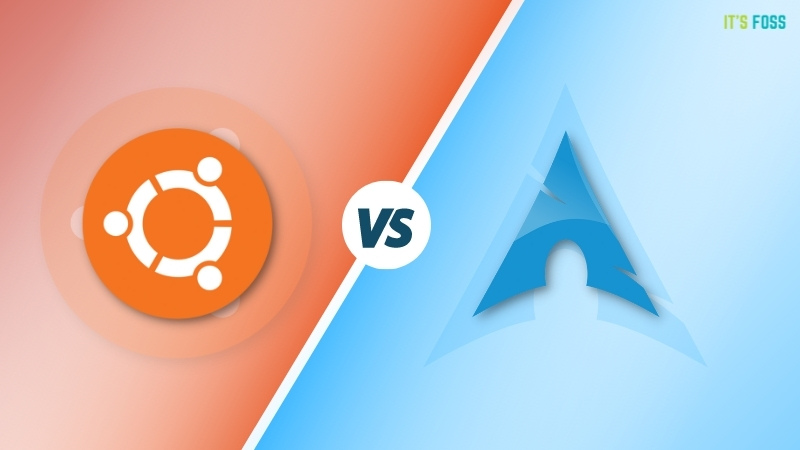
1. Targeted Users
Arch Linux aims to provide a Do-It-Yourself (DIY) experience to tinkerers looking to customize various elements of their Linux system.
Things like building packages to customizing the desktop, everything counts.
The out-of-the-box experience depends on the user who installs and sets up Arch Linux. Hence, it can easily cater to users looking for different packages, desktop environments, and more.
On the other hand, Ubuntu targets users who want a hassle-free pre-configured setup for their Linux system.
These users want essential tools installed, ensuring it all works as it is supposed to. In other words, the user gets an ideal desktop experience without worrying about setting it up.
Ubuntu does not want users to put more effort into improving their experience. Instead, they present it as they think would suit most users.
2. Installation
Undoubtedly, Ubuntu provides a more straightforward installation method, given that you get a GUI to help install it to your desktop.
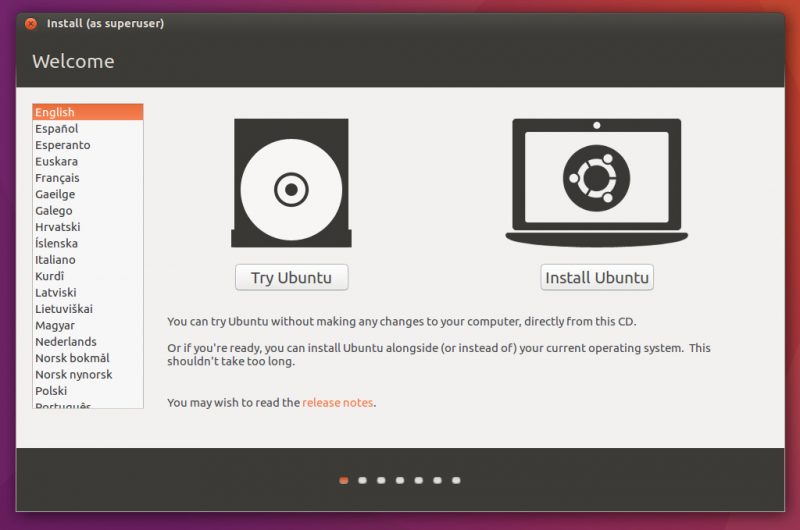
You can even install a GUI on the Ubuntu server if you want.
With Arch Linux, you will have to rely on the terminal (or the command-line) to complete the installation.
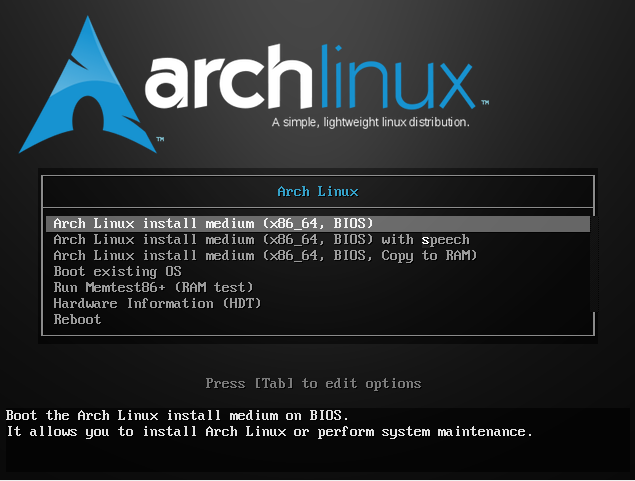
Fortunately, Arch Linux now has a guided installer, which makes it easier to follow through installing Arch Linux via the terminal.
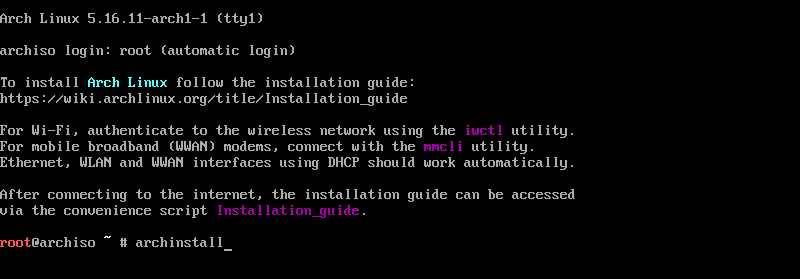
Still, Ubuntu takes the lead with the convenience.
3. Desktop Experience
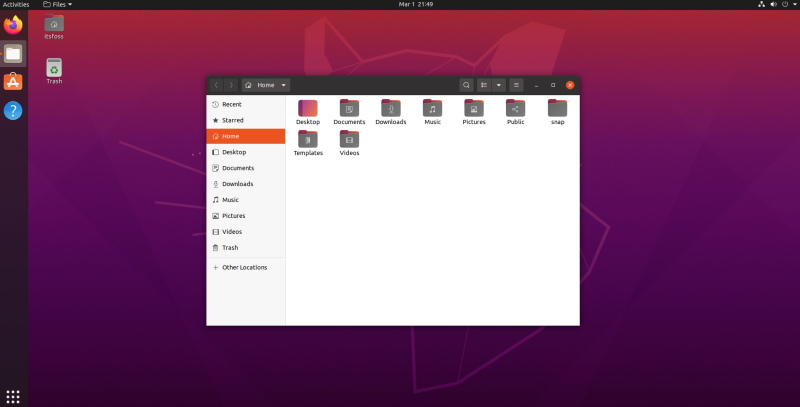
Ubuntu is tailored to provide convenience to its users. To achieve that, Canonical provides a customized GNOME desktop environment experience to make things easy.
While you may not get the same level of customization that KDE Plasma provides, you still have plenty of options, to begin with. If you are curious, you may check out our KDE vs GNOME comparison for more details.
Ubuntu also takes regular user experience feedback from its users and tries its best to offer the best workflow/productivity.
Arch Linux focuses more on functionality, and other technical aspects, over the desktop user experience. The end-user experience entirely depends on how you set things up when installing Arch Linux on your system.
You will have to rely on what the desktop environment offers out-of-the-box; there are no custom-made improvements for you. If you want something different, you will have to tweak things to make it happen.
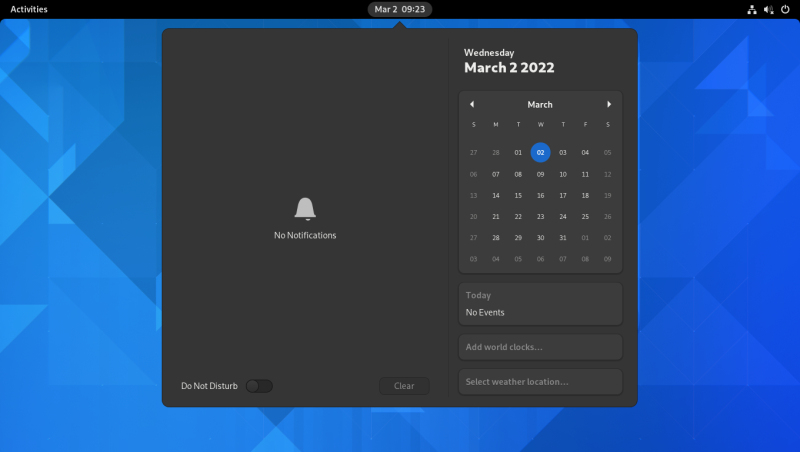
However, the ability to opt for KDE Plasma, GNOME, or any other desktop environment can give you some advantages as per your preferences.
Not only that, but you can also choose window tiling managers when installing Arch Linux.
Overall, with Ubuntu, you get a particular type of desktop experience offered to every user, with little to no ability to customize it.
But, Arch Linux gives you the freedom to define how you want the desktop experience. Note that this might be a good thing for experienced Linux users. But, if you are new to Linux, this can be overwhelming.
4. File System
Most users do not need to worry about the file system used by their Linux distribution.
Hence, Ubuntu sticks with ext4 for its file system, a robust file system with all the essentials needed for a modern computing experience.
However, if you want to choose a different file system for various benefits over the most-commonly used ext4, Arch Linux can come in handy.

You can choose between btrfs, ext4, xfs, and f2fs. The benefits of these file systems are beyond the scope of this article, but make sure that you know what you are doing if selecting anything else over ext4.
5. App Ecosystem
Ubuntu offers support for a wide range of applications. Undoubtedly, this is why most of the popular Linux distributions are based on Ubuntu.
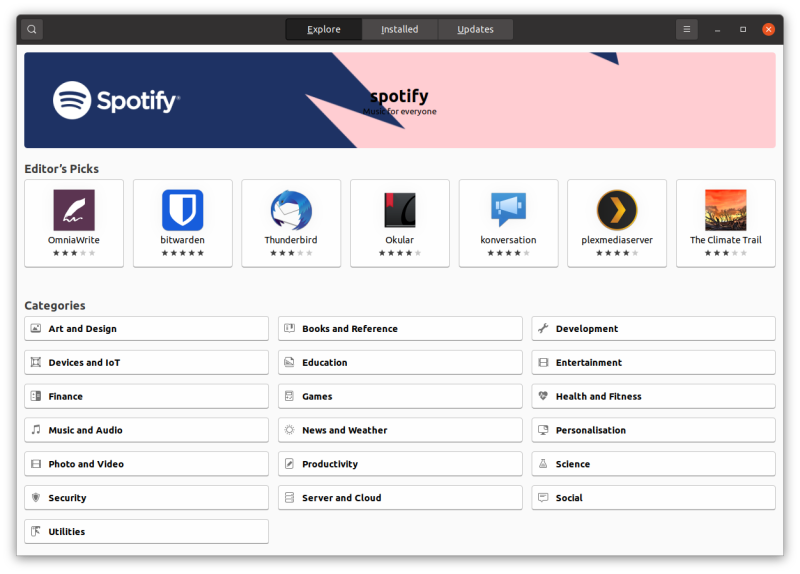
And, keeping its popularity in mind, various tools primarily support Ubuntu among other Linux distributions.
Not just the choices of apps/packages, but it is also effortless to install packages available for Ubuntu. You can install packages through its official repositories, use PPAs, or its software center (with Snap integration).
While it does not have Flatpak built-in, you can set it up to install apps from Flathub.
Arch Linux also gets you access to countless applications through its official repositories.
However, some app developers may not officially support Arch Linux compared to Ubuntu.
Additionally, you will notice that you need to utilize pacman to install/manage packages. The GUI to install/manage applications will depend on the desktop environment you select to install.
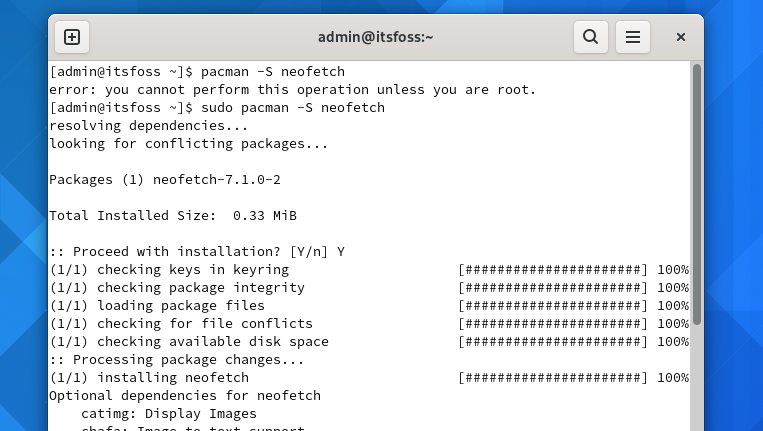
For instance, you can access GNOME’s software center if you install GNOME. And, Discover for KDE Plasma.
You will have no Snap or Flatpak integration built-in, so you must set it up as required.
To get access to more packages, you can use AUR. Note that it features community-builds for packages and may not be officially recommended for everything.
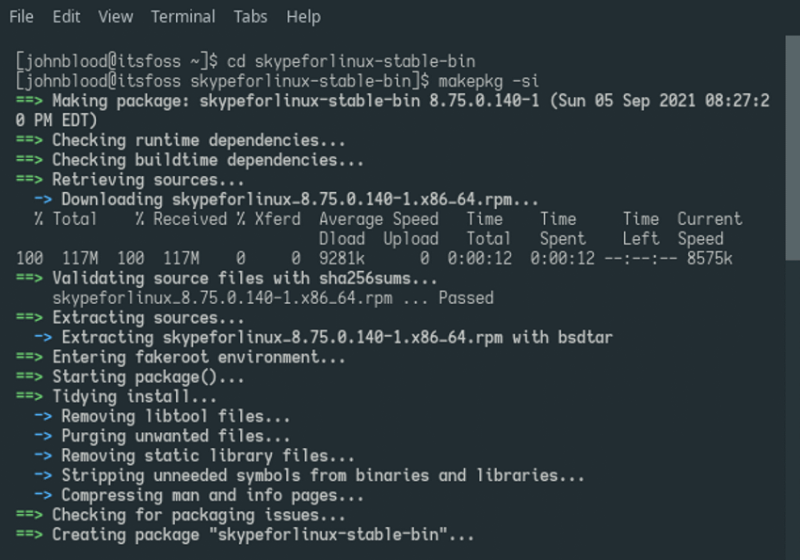
Despite that, it is often considered a strong point for Arch Linux because the number of packages offered overall could be more extensive than what Ubuntu features.
You can use some AUR helpers to improve the experience.
Overall, if you want a single portal to easily manage/install software, Ubuntu
6. Minimal vs Bloat Experience
This is purely based on preferences. Just because Arch Linux lets you control everything when you set it up, you can choose to install a minimum number of packages.
In contrast, Ubuntu comes pre-installed with several utilities. For some, Ubuntu can come in handy for the presence of valuable tools.
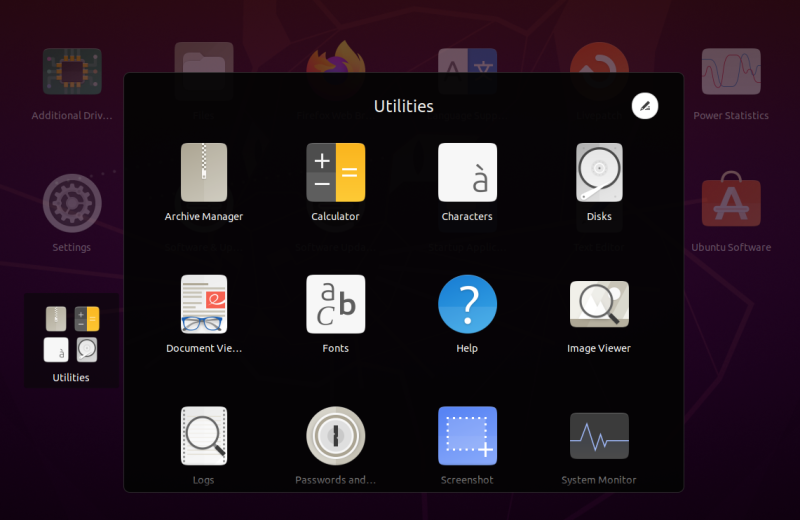
Of course, you can uninstall packages that you do not need.
However, some users might find it unnecessary (or bloat).
So, you will need to decide if you want the necessary tools pre-installed (Ubuntu) or prefer a distro that lets you install only the tools you need (Arch) without any bloat.
7. Freedom to Choose vs Restrictions
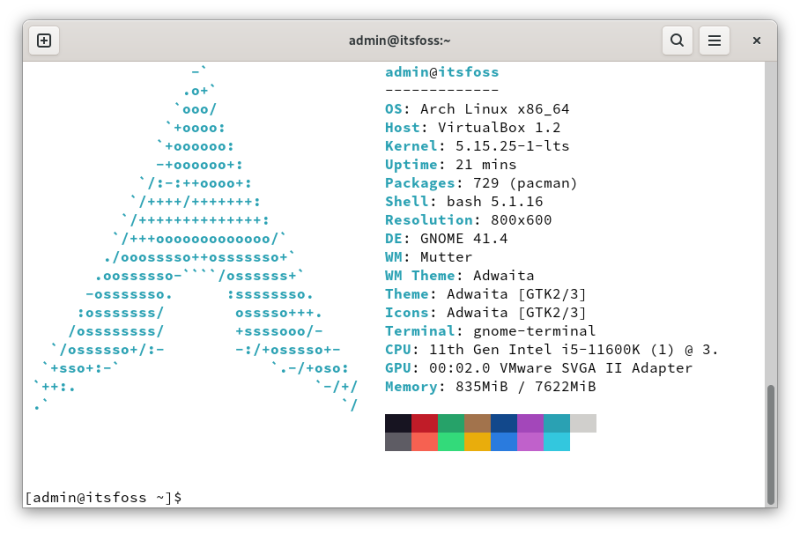
As I mentioned, Arch Linux lets you control everything; it gives you plenty of freedom to customize your experience.
Not just limited to the desktop environment or tiling window managers, but more.
For instance, you can select the preferred audio server between PulseAudio and pipewire.
You can also choose a specific Linux Kernel, like a hardened version for additional security, a zen variant for an enhanced experience, or the LTS version of the Linux Kernel.
In contrast, Ubuntu sticks to the Linux Kernel, which has been thoroughly tested and uses PulseAudio as audio server by default (at the time of writing this).
Ultimately, what you want will influence what’s best for you.
8. Community Support
Ubuntu, with its vast user base offers massive community support. There are numerous forums/portals to guide Ubuntu users and help troubleshoot issues.

You can also ask around the forums (including our It’s FOSS community), to get quick help.
Arch Linux does not offer that kind of community support, given its userbase. However, the Arch Linux wiki provides excellent documentation on almost everything to compensate for that.
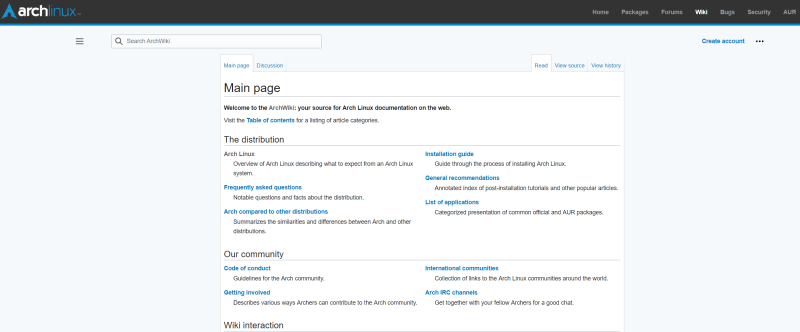
Arch Linux wiki is probably one of the most extensive documentation if you want to explore yourself.
9. Release Schedule
Ubuntu offers a Long-Term Support version that receives minor updates for five years or more (for enterprises).

It also provides non-LTS versions that receive updates for about nine months while having a new release available every six months. The non-LTS version suits users who want the latest updates/packages, with potentially significant changes with every upgrade.
The LTS version is better suited for users who do not want experience-breaking changes with every update.
For more information, you can explore our resource on Ubuntu’s release cycles and end of life.
Arch Linux does not bother with any of these; instead, it relies on a rolling-release schedule. You receive updates as they come, whether it’s minor/major.

This ensures that you are using the latest and greatest packages all the time. This can sometimes be a good thing, but it can be inconvenient for some users when it breaks something.
10. Hardware Compatibility

Ubuntu is a popular distribution aimed at desktops. So, it is tested for compatibility with a range of hardware before releasing a version.
So, it is safe to say that Ubuntu offers good hardware compatibility out of the box.
In the case of Arch Linux, it does not get tested as extensively as Ubuntu. So, it may/may not work with the hardware you have.
However, just because it features the latest and greatest Linux Kernel packages, it could prove to work better than Ubuntu in some cases.
If you are confused about the compatibility of your hardware, I would suggest asking around to make sure that there are no known issues with the system you want to run Arch Linux.
With Ubuntu, everything works unless you have bleeding-edge tech.
11. Stability
If you do not need your distro to fail or encounter an error, Ubuntu should be a better choice.
In the case of Arch Linux, the answer is not straightforward, and it can work well or go down with an update.
Arch Linux is not inherently stable, and you need to maintain it yourself to ensure that nothing breaks with customization and updates.
Final Thoughts: What Should You Pick?
Keeping stability, compatibility, app ecosystem, and the learning curve in mind, Ubuntu is perfectly suitable for anyone who wants to get things done on their computer instead of tweaking the experience.
Arch Linux comes on top for users looking to customize their desktop experience to suit their workflow and choose to have some of the latest and greatest stuff.
Arch Linux can be an exciting experience if you are looking for an adventure, but overwhelming for some compared to Ubuntu.
So, considering all that, what do you think you will choose? Let me know your thoughts in the comments below.
Frequently Asked Questions: If You Still Haven’t Picked One
Some of you still might have questions to come up with a conclusion, here’s an FAQ to address that:

